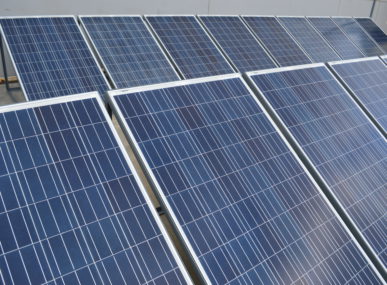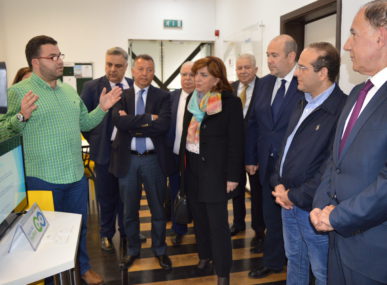“Car engines are truly inefficient because they lose 60% of the fuel’s energy as heat, which can be used,” explains Jaraysi. “We’re trying to take this heat and transform it into electricity that will bring the power to all the electricity-demanding systems in the car.”
Jaraysi added that such power can also be used to charge batteries, maximizing the car efficiency and adding 3,000 kilometers to the car’s efficacy per year. “That way, we’re reducing CO2 emissions by half a ton per car, per year,” says Jaraysi. “We create the electricity by using the vehicle’s wasted energy to turn an organic solvent, of a low boiling point, into vapor. Once the vapor is created, it turns a turbine-generator, which creates electricity.”
“The internal combustion engines (ICE) are used daily for transportation and energy production beside their low thermal efficiency level,” Beni Cukurel mirrored Jaraysi’s idea, an assistant professor at the Faculty of Aerospace Engineering, Technion-Israel Institute Technology said.
“The Organic Rankin Cycle (ORC) systems can be promising in ICE applications to benefit from their wasted exhaust or cooling energy,” Cukurel explains. “Selection of working fluid types, adequate pressure and temperature values has a significant effect on the ORC performance. Moreover, the size of turbine components also heavily depends on the considered cycle. Considering the implementation of the ORC technology, in the automotive industry, thermodynamic studies suggest up to 75% and 10% of exhaust gas and engine cooling heat recovery, respectively. This suggests that thermal efficiency of such engines can be improved by more than 5% with existing tools.”
One challenge the founder highlighted is the scale of their technology and how it could be hard to fit in a car. “ We have reached our theoretical proof of concept. What we’re looking for is to build the first prototype and then patent it. So we’re looking for two basic things: the first is a strategic partner that can also be a university- currently in contact with some, and the second is investments in order to pursue the development of the product,” Jaraysi said.
Facebook: https://www.facebook.com/InnergHarvest/
Photos: Courtesy of InnergHarvest.







